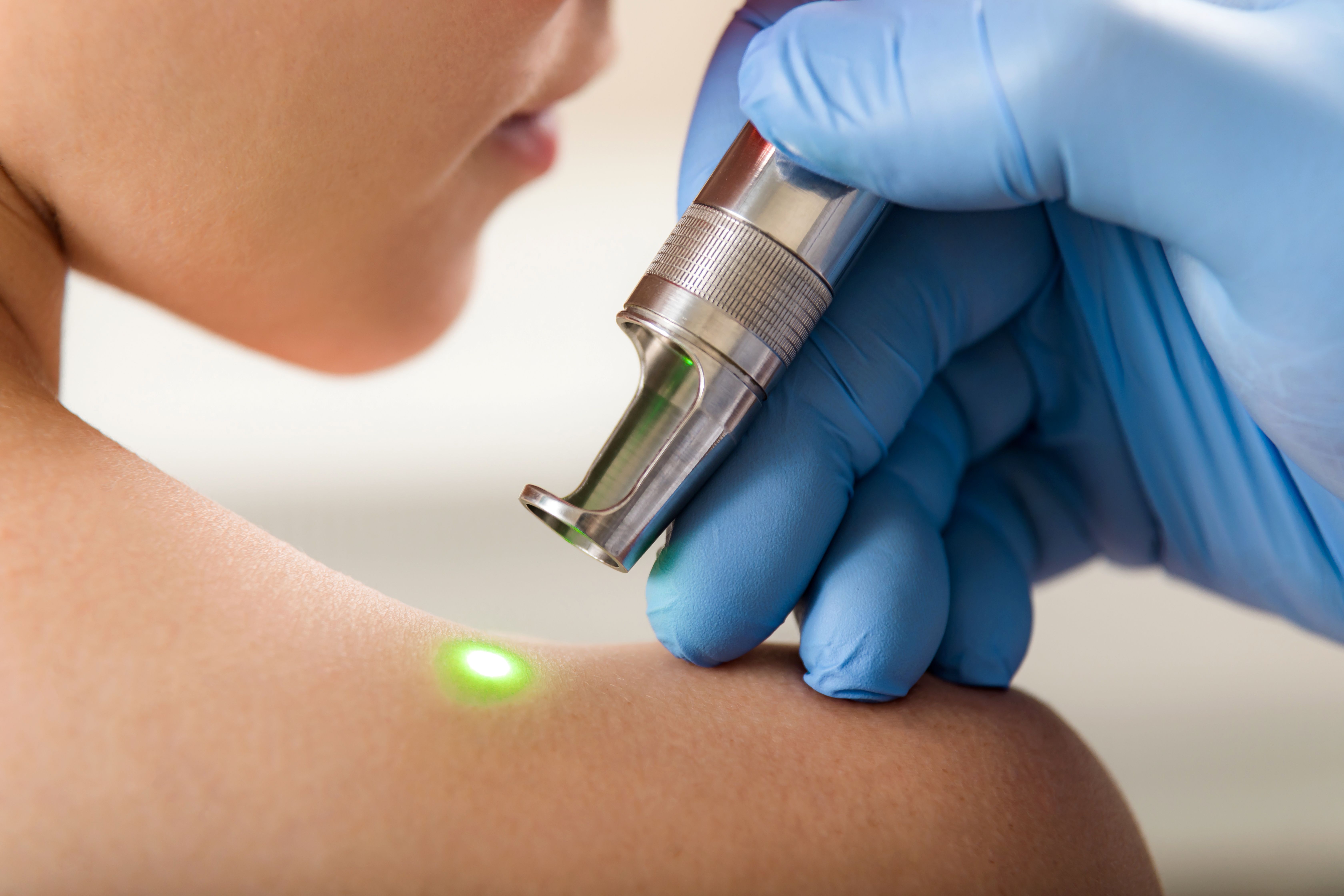- Acne
- Actinic Keratosis
- Aesthetics
- Alopecia
- Atopic Dermatitis
- Buy-and-Bill
- COVID-19
- Case-Based Roundtable
- Chronic Hand Eczema
- Drug Watch
- Eczema
- General Dermatology
- Hidradenitis Suppurativa
- Melasma
- NP and PA
- Pediatric Dermatology
- Pigmentary Disorders
- Practice Management
- Precision Medicine and Biologics
- Prurigo Nodularis
- Psoriasis
- Psoriatic Arthritis
- Rare Disease
- Rosacea
- Skin Cancer
- Vitiligo
- Wound Care
Article
Addressing skin color in white scars
Author(s):
Researchers examine a microdermal grafting technique for hard-to-treat hypopigmented scars.
Researchers used a revised approach to microdermal grafting to treat 38 women and men with white scars and reported their results in a study recently published in the Aesthetic Surgery Journal.
Hypopigmented scars are often considerably lighter than surrounding skin and tend to be permanent. Today’s treatment options, including scar excision, laser treatment, phototherapy and medical tattooing, fall short of reliably restoring color that matches the surrounding skin.
White scars can occur as a result of trauma, suicide attempts or surgery. If they are on visible areas of the face or body, these scars can be unpleasant reminders or simply cosmetically unacceptable and people turn to clinicians for treatment options, according to the authors.
Taiwanese authors looked retrospectively at 30 women and 8 men, average age 31.2 who they treated with microdermal grafting for scars on the face or body. The scars included parallel linear scars on the medial forearms on a patient who attempted suicide, a forehead scar from trauma, a lip scar from cleft lip repair, scars from an upper blepharoplasty procedure and others.
They used a “more time-efficient” microdermal grafting procedure that they have refined over the last 18 years, according to the paper. The treatment takes about an hour to perform under a local anesthetic. It involves taking skin from the donor site, defatting and de-epithelializating it and cutting it into 1 mm to 2 mm microdermal particles. They implant the microdermal grafts within 30 minutes into puncture holes in the white scars, then cover and dress the treated scar wound. Surgeons performing this procedure do not need to perform dermabrasion on the recipient site nor suspend the graft in a special medium, according to the authors.
Three lay judges comparing patients’ before and after photos at one year after treatment, found an average scar color regeneration improvement of 49% after one treatment, 75% after two treatments and 90% after three treatments.
Of 27 patients who self-assessed the improvement of their white scars a year or more after treatment, 55% reported their scars improved after one treatment, 88% after two treatments and 95% after three.
Improved outcomes with two and three treatments suggest more than one treatment might be necessary to regenerate skin color in the scar, according to the authors.
Two patients had inclusion cysts from treatment, which the plastic surgeons performing the study successfully treated with an unroofing procedure. There were no other reported complications, and there are no cases of white scars forming in donor site scars. The donor site incisions, either behind the ear or in the groin area, were almost undetectable a year post surgery, the researchers report.
A limitation of the work, they say, is that it’s difficult for patients and judges to calculate the percentage improvement with the naked eye. Ideally, future studies would involve microscopic evaluation of these scars post treatment.
And while post inflammatory hyperpigmentation, nodule formation and scarring didn’t occur in this study, those complications can occur with other surgery types.
Nevertheless, this approach helps to fill a treatment gap for patients with white scars.
“… this procedure is to date the only current practical way of treating these problematic white scars,” the authors write.
Disclosures:
The authors report no relevant disclosures.
References:
Tsao SB, Yang PJ, Lin TS. Microdermal Grafting for Color Regeneration of White Scars. Aesthet Surg J. 2019;39(7):767-776.
Newsletter
Like what you’re reading? Subscribe to Dermatology Times for weekly updates on therapies, innovations, and real-world practice tips.















